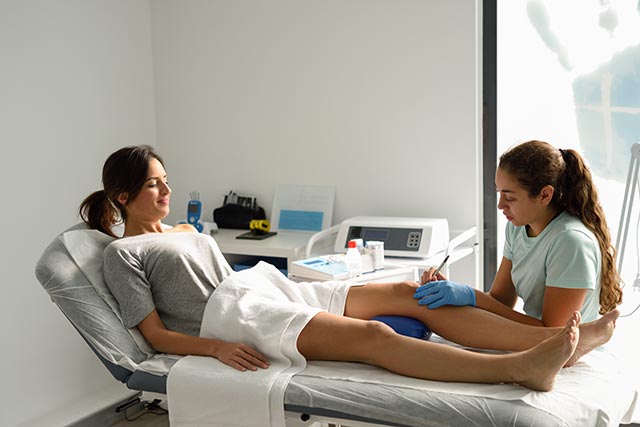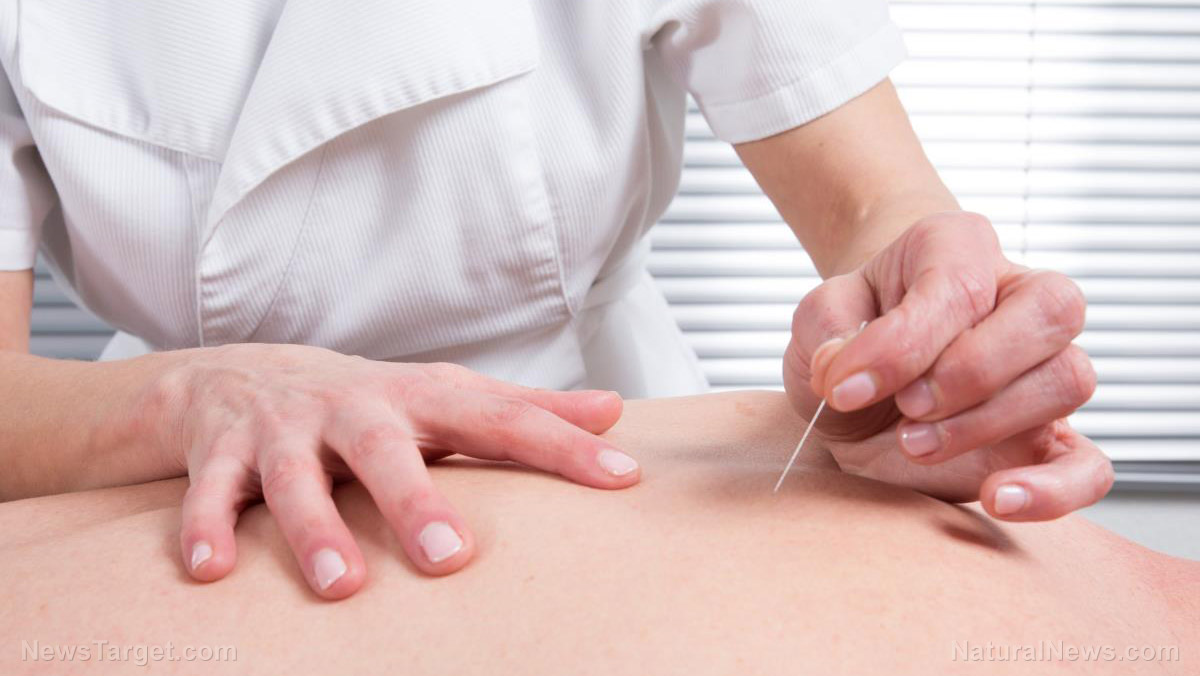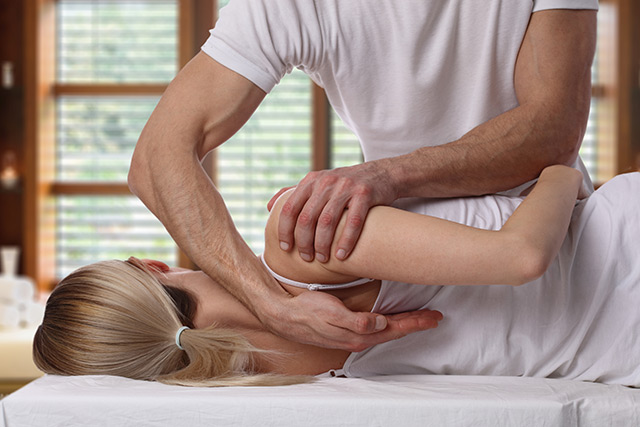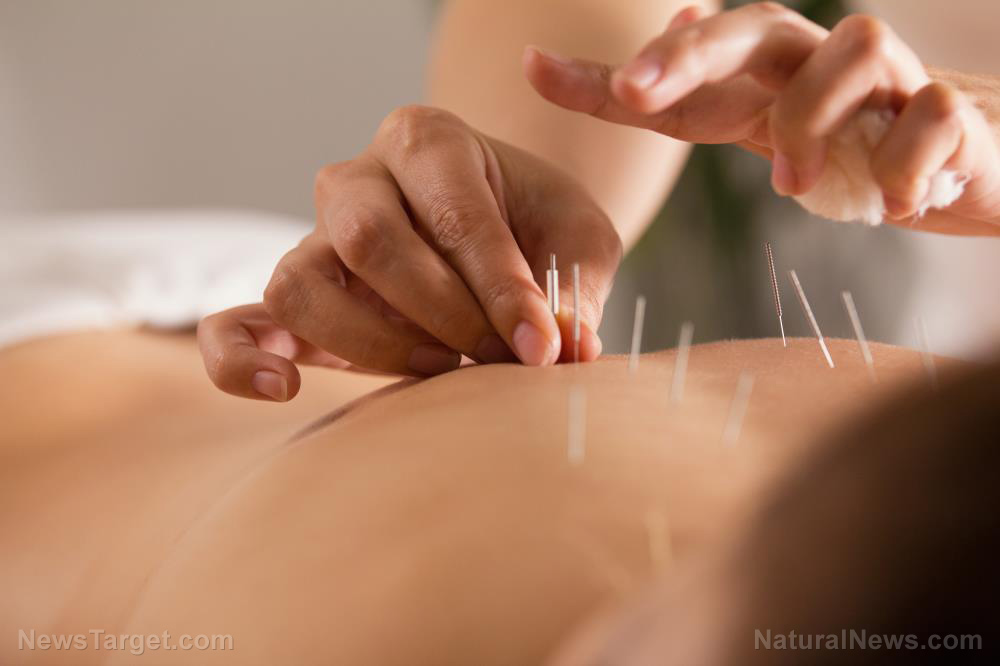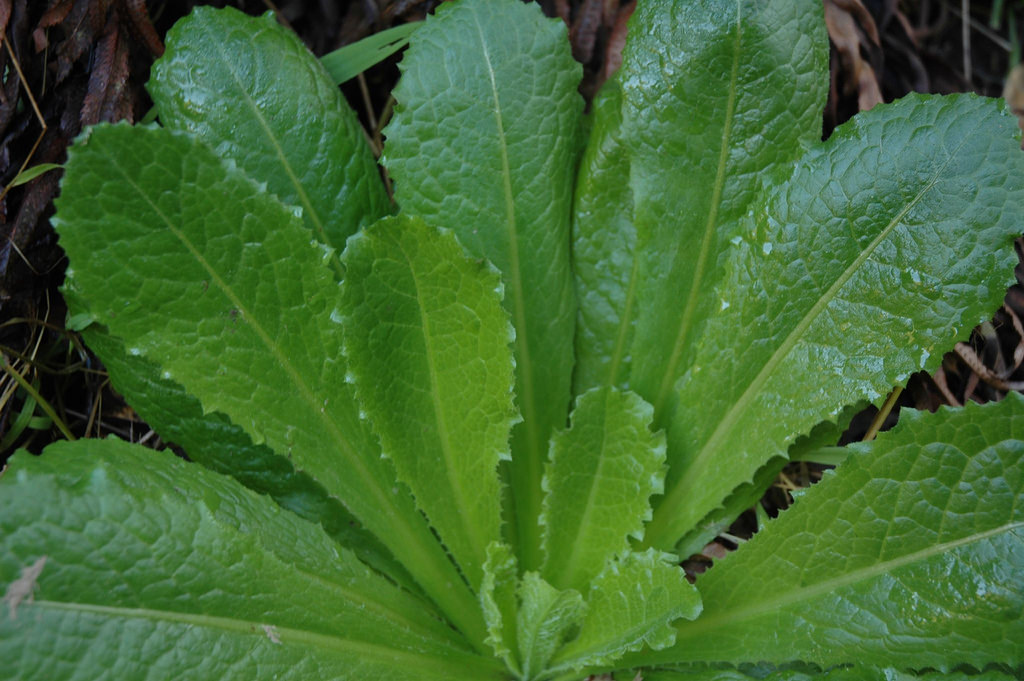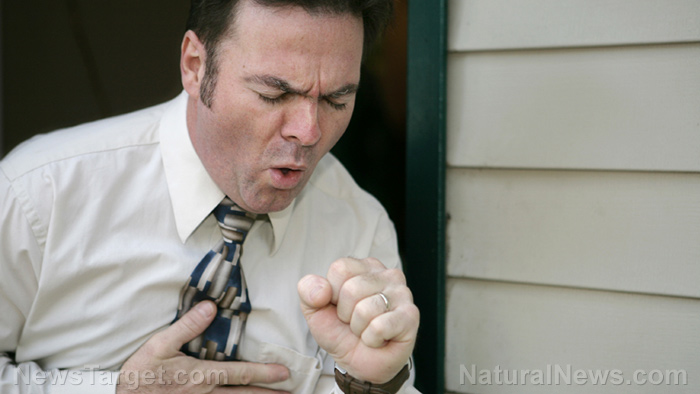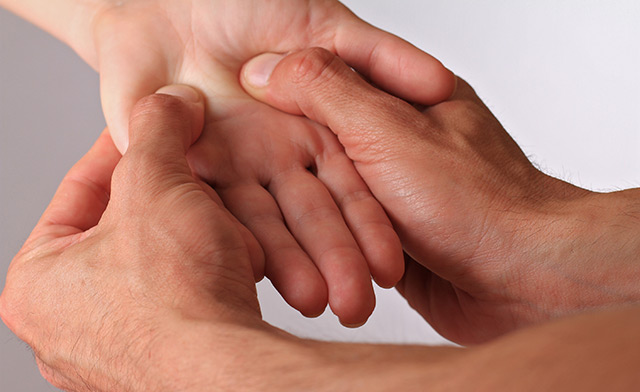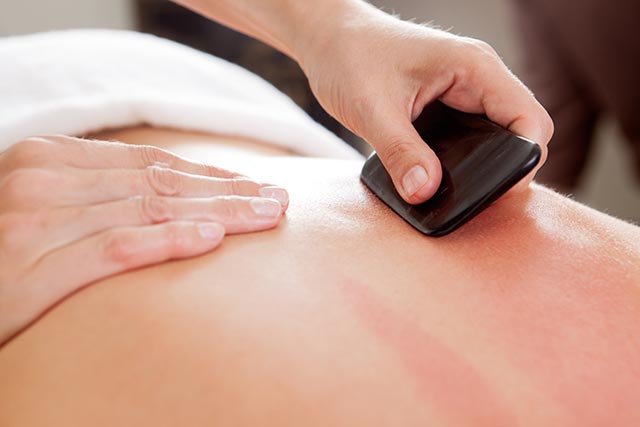A home guide to the best acupressure points for relieving cardiac problems
04/18/2019 / By Ralph Flores

A lot of people don’t know they’re harboring the world’s largest killer until it’s too late: It is, of course, cardiovascular disease – which accounts for over a third of all deaths worldwide.
In the U.S., the results are equally as grim. A new report published in Circulation revealed that 121.5 million American adults – roughly around 48 percent – have some form of cardiovascular disease. While the uptick is driven in part by the updated definition for high blood pressure from 140/90 millimeters of mercury (mmHg) to 130/80 mmHg, researchers still identified heart disease to be the leading cause of death. Stroke isn’t that far behind, being the fifth leading cause of mortality.
This might seem bad news for people who are at risk of heart disease and other cardiovascular diseases. Fortunately, many risk factors for cardiovascular disease are preventable and can be addressed early on with a healthy diet and an active, clean lifestyle. For those looking for an edge when it comes to maintaining heart health, acupressure is a great choice to consider, given its ability to improve blood pressure, support organ function, reduce inflammation, and improve circulation. What’s better is that acupressure can be used to relieve certain symptoms of heart disease like angina pectoris, or chest pain or discomfort caused by heart disease.
A word to the wise: If you suspect that a person is having a heart attack, it’s better to seek urgent medical treatment. While you’re waiting for help to arrive, however, here are eight acupressure treatments you can use to help manage the condition.
Acupressure points to improve heart health
Acupuncture and acupressure both deal with acupoints, which are specific points in the body that reflect disorders of certain organs and visceral conditions. While both have their unique benefits, people looking for immediate relief from discomfort caused by heart disease and other conditions could greatly benefit from learning some acupressure points. These points will not only provide a person with relief from angina and chest pain, but it can also improve overall heart health. (h/t to ModernReflexology.com)
- Heart 7 – This acupoint, referred to as Spirit Gate, is the “ultimate” pressure point when it comes to addressing all symptoms of heart disease. It is located on the palm side of the wrist, where it creases, directly under the pinky finger. To activate this pressure point, apply gentle but firm pressure using your thumb for a full minute, breathing normally as you press. Aside from relieving chest pain, arrhythmia, and a pounding heart, it can also be used to treat insomnia, anxiety, and even nausea.
- Pericardium 4 – You can find this acupoint, called the Crevice Gate, on the palm side of the arm. It’s midway between the wrist and the elbow and is in line with the middle finger. This acupoint is used to address heart symptoms, as well as depression, fear, and anxiety. To stimulate P4, press the acupoint using your thumb while breathing deeply.
- Pericardium 6 – In acupressure, P6 is a vital acupoint and is used for all treatments for chest pain. To find this acupoint, which is also referred to as the Inner Gate, place three fingers at the wrist crease going to your arm – it’s about three finger widths above the crease. Aside from chest pain, it can also be used to relieve stress and motion sickness. To stimulate this acupoint, apply steady pressure for a full minute.
- Large intestine 11 – This acupoint is especially useful for people suffering from hypertension. To locate L11, extend your arms with your palms facing down – the acupoint is on top of the elbow crease at the edge of the joint. To stimulate L11, apply pressure using your thumb for a minute. This facilitates the flow of qi in the veins and arteries, which can help manage high blood pressure.
With a healthy diet, an active lifestyle, and the therapeutic benefits of acupressure, preventing (or even beating) cardiovascular diseases is that much easier.
Sources include:
Tagged Under: acupoints, acupressure, alternative medicine, cardiovascular disease, Chinese medicine, disease treatments, heart attack, heart health, natural cures, natural medicine, remedies, traditional medicine

